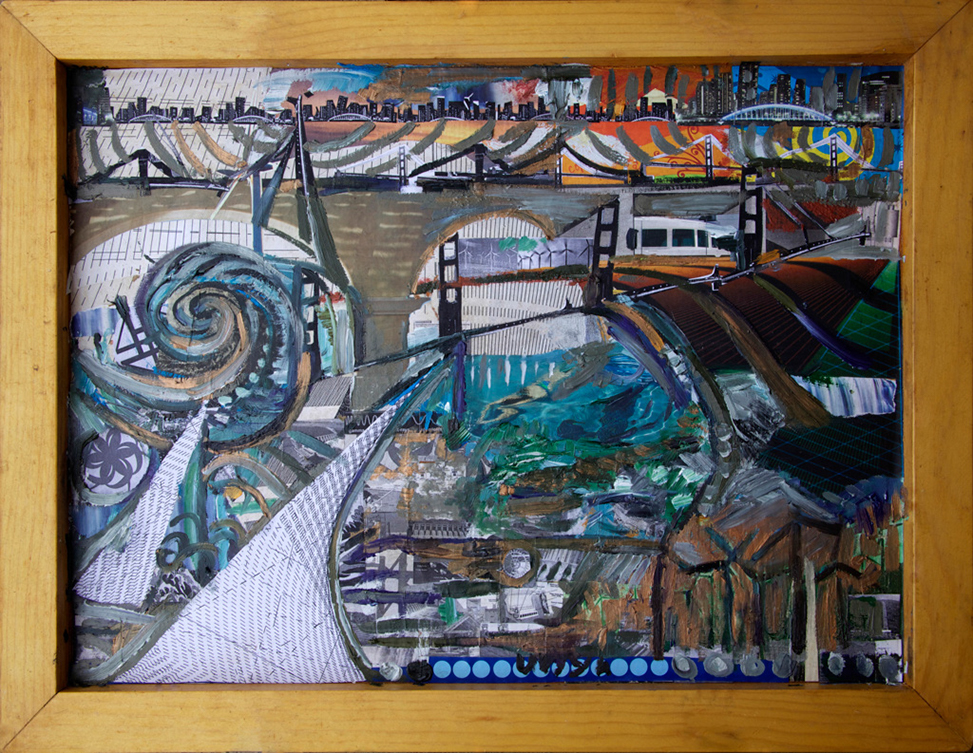Energy
Hydropower
There are several types of turbines. They were depicted in a synthetic way as wheels, or circular forms without going into technical details or structural concepts. Application of color-coding signifies the benefits in green and the drawbacks in red color. For example, a positive feature that hydropower facilities do not produce pollutants.
0000000000000000000000000
We often compare advantages and disadvantages of various types of hydroelectric energy systems. The dam and a river in a landscape include some type of turbines. There are several types of turbines depicted selected with human needs as a main factor. Application of color-coding signifies the benefits in green and the drawbacks in red color. For example, a positive feature that hydropower facilities do not produce pollutants. However, collecting pollutants from the upstream water, possible breeding of the parasite-carrying species, the impact on plant and animal habitats, displacing people, and inundating treasures of fauna, flora and architecture have been listed as negative consequences of building dams. There are many other features, both beneficial and harmful. Those positive and negative factors characterize a system.
The images present various types of turbines. They were depicted in a synthetic way as wheels, or circular forms without going into technical details. People have been harnessing energy from hydropower for centuries but presently only about 7% of electricity produced in the United States and about 21% of the world’s electricity comes from hydropower. Hydroelectric plants take energy from water flowing from dams and rivers. There are now about 8,000 dams in the United States. The important parts of a hydroelectric plant are a dam (with a high or low head) and a large pipe called a penstock that carries water from the dam to a generator (usually located in a power house). The vertical distance from the water level to a power-producing turbine is called a head. This distance – elevation change – allows for converting potential energy into kinetic energy. A high-head dam (e.g., about 300 m – 1000 ft.) can provide a large volume of water to a turbine, to supply energy for a generator and produce thousands of megawatts (MW) of energy. When there is a low-head dam (for instance, less than 30 m – 100 ft.) the output (how many MW?), that means the water flow, depends on the diameter of the penstock. The main types of turbines are the impulse and the reaction turbines. The impulse turbine, for example, the Pelton or the Francis turbine, uses nozzles aimed at cupped blades, so water pushes a wheel with blades; this type of turbine can rotate with a speed up to 1300 rpm (revolutions per minute). The reaction turbine, for example, the Kaplan turbine turns the wheel according to the Newton’s third law, which states that mutual forces of action and reaction between two bodies are equal, opposite and collinear.
The sources for generation of electric energy in the United States are coal (42%), natural gas (25%), nuclear energy (19%), and renewable energy (13%). Renewable energy comprises 63% hydropower, 23% wind, 7% wood, 4% waste, 3% geothermal, and 1% solar energy, without taking into account solar energy produced by the residential and commercial rooftop solar installations (eia, 2012).
Energy consumption goes in tens of quadrillions Btu in the United States (a quadrillion Btu equals 1015 Btu). An acronym Btu (the British thermal unit) denotes a unit of energy equal to about 1,055 joules or 252 cal. A Btu is defined as amount of heat required to raise the temperature of one pound (0.454 kg) of water from 39 °F to 40 °F (3.8 °C to 4.4 °C) at a constant pressure of one atmosphere (Business Dictionary.com, 2012).
